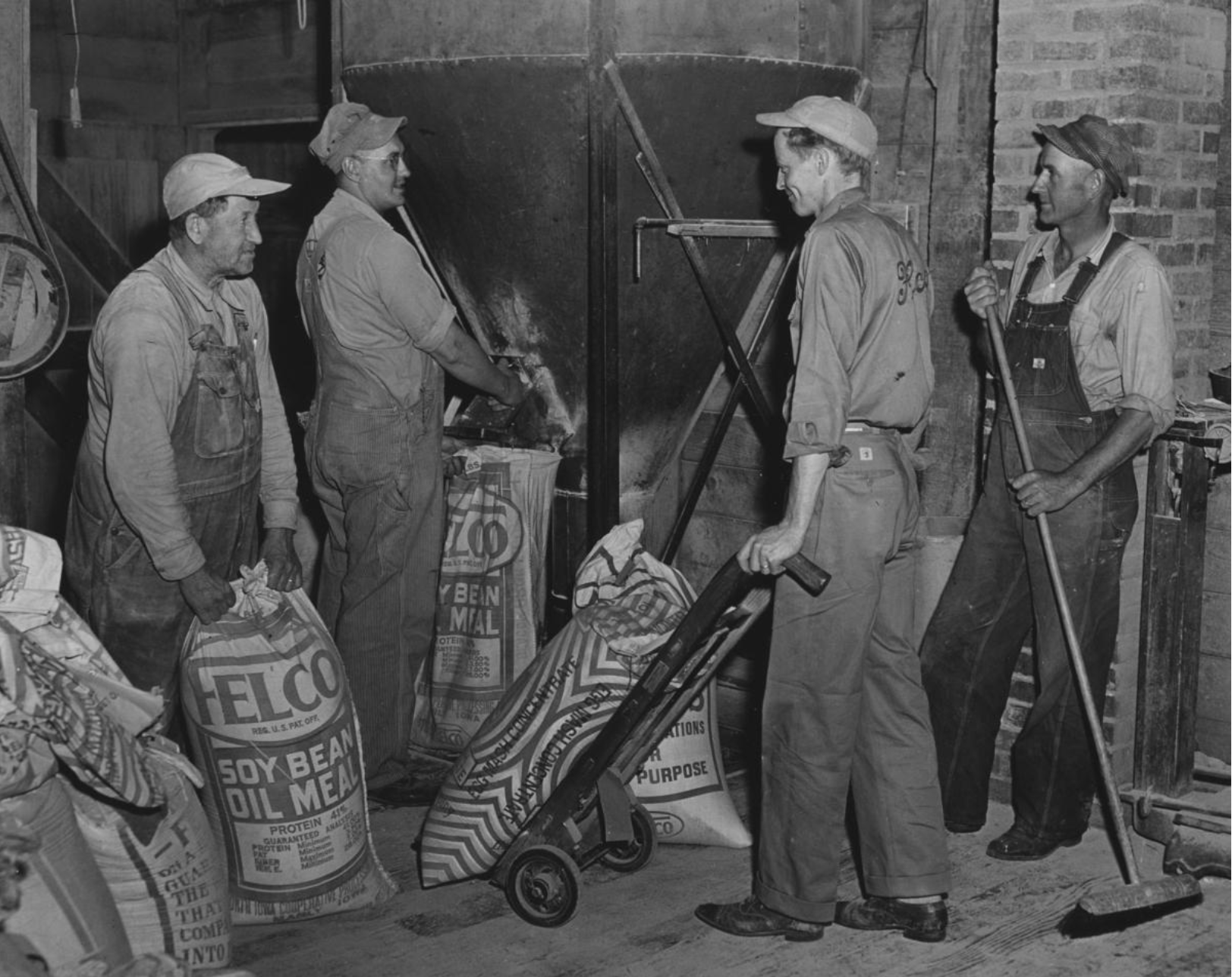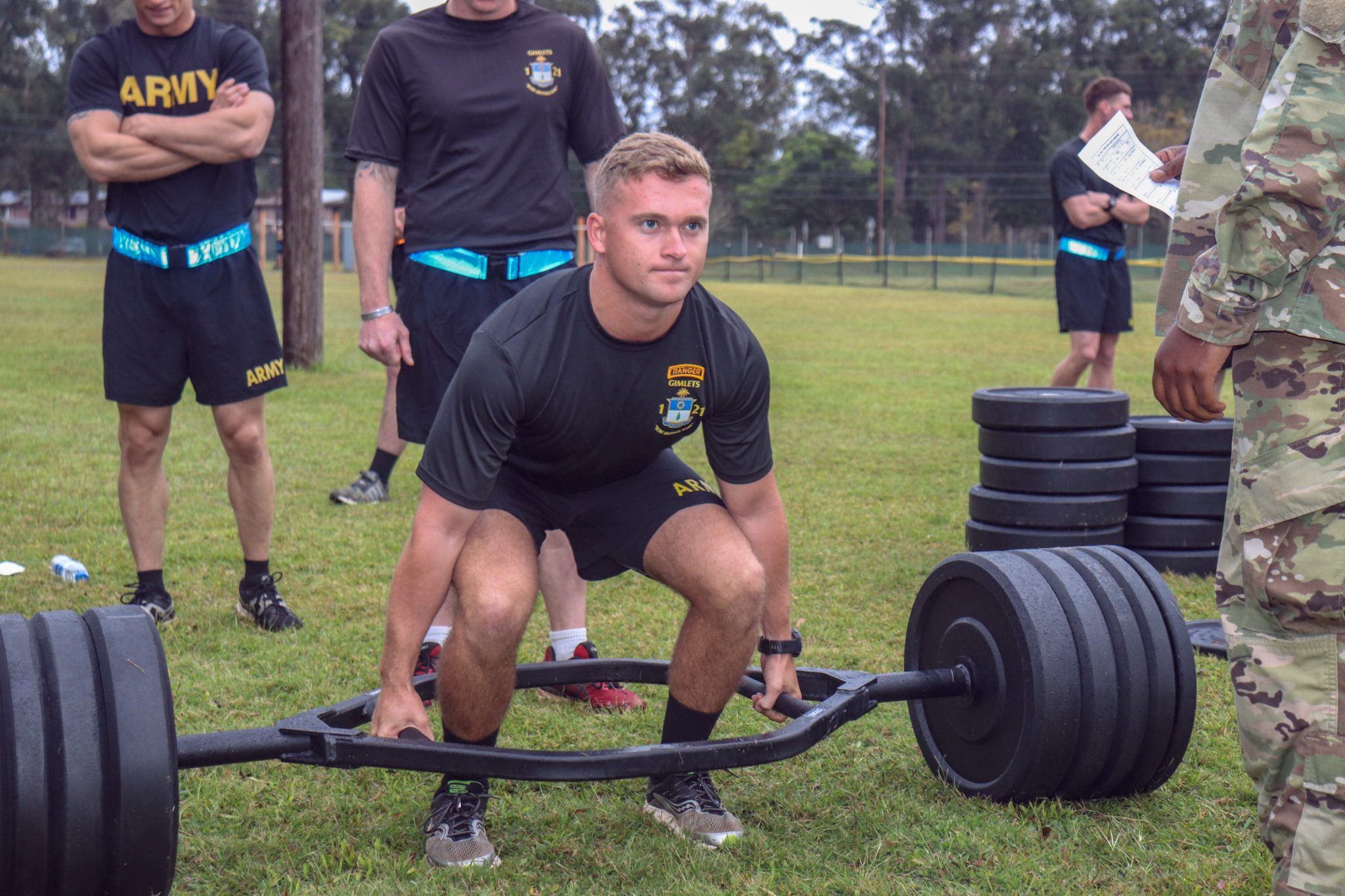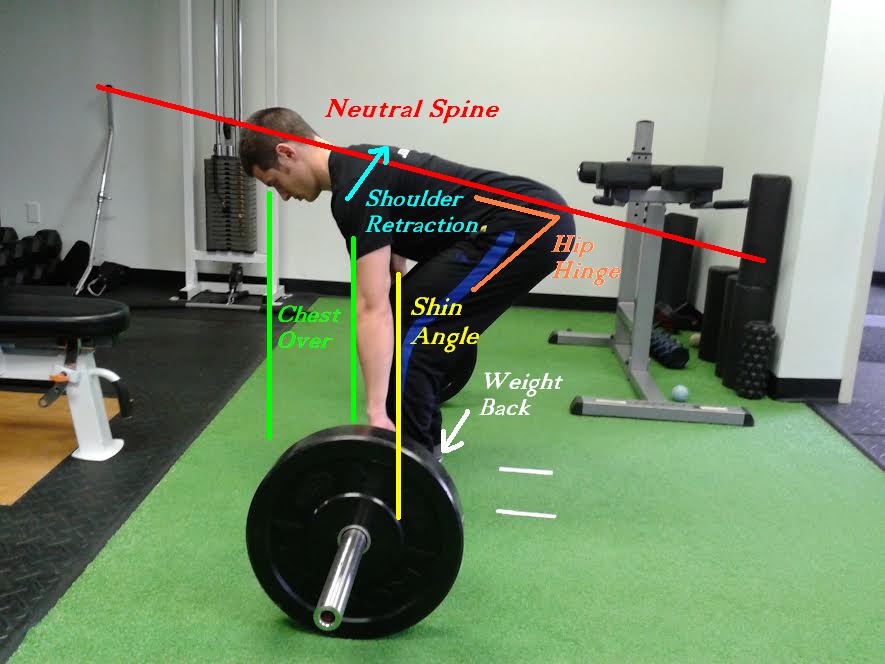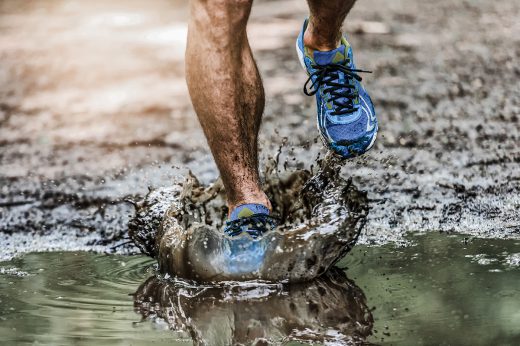Deadlifts are a power movement. This simple yet satisfying act involves loading a bar with heavy plates, chalking up your palms, and pulling it off the ground from a dead stop. It’s the essence of strength: you pick it up and then put it down. No fancy footwork or complex movements required — just a strong back and calloused hands.
The deadlift is an effective way to strengthen the entire posterior chain, and it offers benefits to anyone and everyone, regardless of athletic ability. But many people fear it for a variety of reasons.
In the 1960s, half the population had a physically demanding job. In 2011, that number shrank to just 20 percent. Technology has made our work less labor intensive, causing a decline in our overall health. We sit more than we stand, and we type more than we lift.

Today, low back pain is one of the most common musculoskeletal conditions and is typically reported as one of the top three workplace injuries. That shouldn’t deter you from practicing deadlifts though — it should encourage you.
A study conducted in 2015 monitored patients using deadlifts as a part of the treatment plan for back pain. Seventy-two percent of participants reported a decrease in pain and an increase in overall quality of life.
Whether you’re picking up a laundry basket, a child, or a package in the mail — everyone deadlifts. The act of picking something up is a daily occurrence. The more we train our bodies with lifts that mimic life or our job, the more they will resist injury in our life. And if you’re in the U.S. Army, you don’t have a choice: the deadlift is slated to become a mandatory event in the new Army Combat Fitness Test in 2020.

However, people are intimidated because the lift can cause major problems when performed incorrectly. The most common mistakes associated with the deadlift are easily correctable:
Rounding the back: When you lose a neutral spine position, the risk of disc herniation is increased. To combat this is, ensure you have tension applied prior to lifting the weight. Activate the latissimus dorsi muscles (lats) by imagining you have an orange in your armpit that you need to squeeze.
Neck misalignment: Ensure your neck is in line with your back. As you lift the bar, your neck should rise at the same rate as your back.
Improper setup: The bar should rest no more than 1 to 2 inches in front of your shins, and your knees should remain vertical to the ankles. If the knees are pushed forward, the barbell is forced to move around them, putting stress on the low back.

If you’re ready to get started, head down to your local gym — you’ll need a barbell and plates for weight. I recommend trying these three deadlift variations, which offer simplicity and massive benefits. And don’t be afraid to ask a trainer or experienced lifter to take a look at your form!
1. Landmine Deadlift
The term “landmine” indicates that the barbell is anchored into a holder or a corner to angle it. This lift is generally safe because the body remains mostly upright and encourages a flat back.
2. Trap Bar Deadlift
The trap bar deadlift engages the same muscle groups as a traditional deadlift but puts additional stress on the quadriceps, glute muscles, and hamstrings. The trap bar was designed for the lifter to grip the bar at the sides rather than in front and, in turn, puts less stress on the back.
3. Romanian Deadlift
This variation is beneficial for lifters who want to increase the positional strength of the lower back, hips, and hamstrings. It also serves as an accessory movement to increase traditional deadlifting numbers. The weight you’re able to lift will be less during this variation but will increase when you convert to a traditional style.
As with anything in life, when something is done incorrectly, there is a chance of negative consequences — in this case, possible injury. But with proper execution, the benefits of the deadlift can be lifelong.
This article was originally published March 23, 2019, on Coffee or Die.








Comments